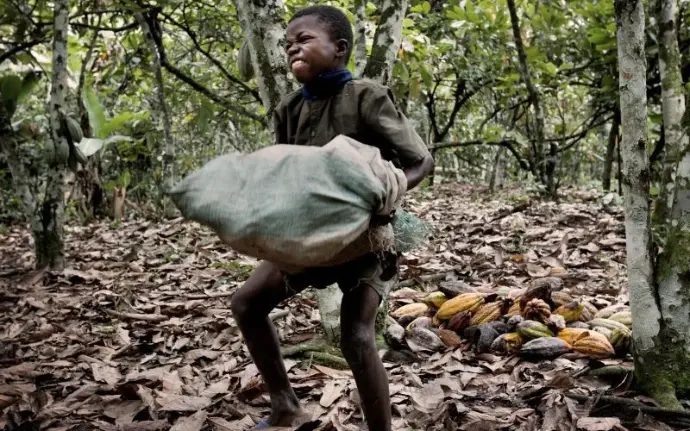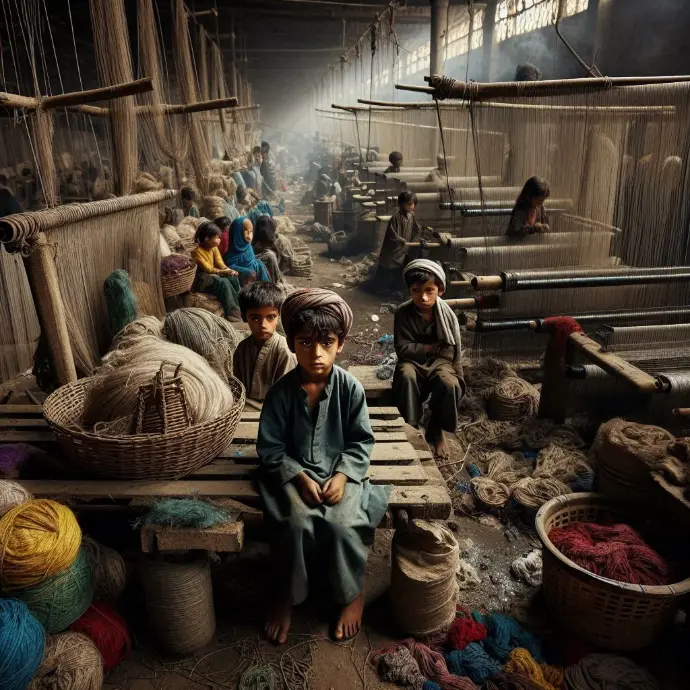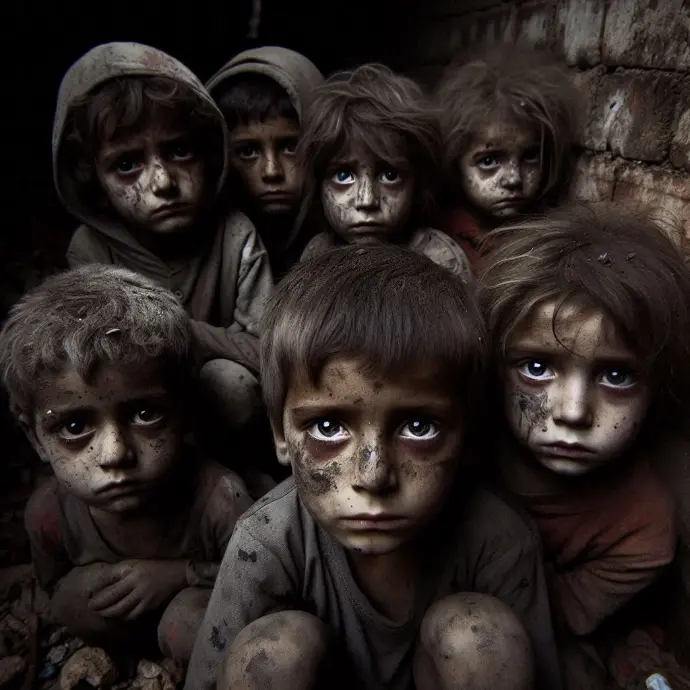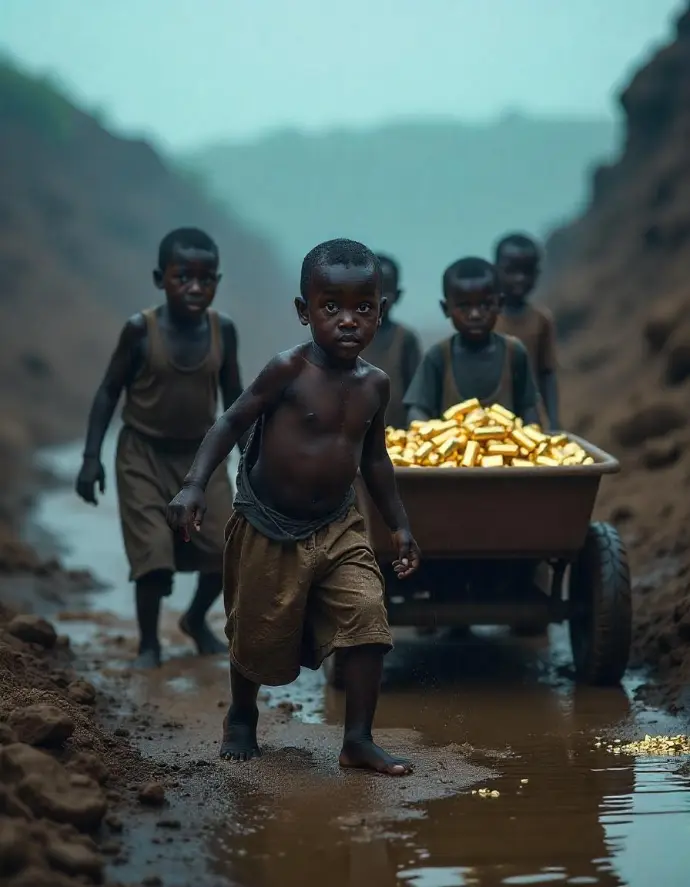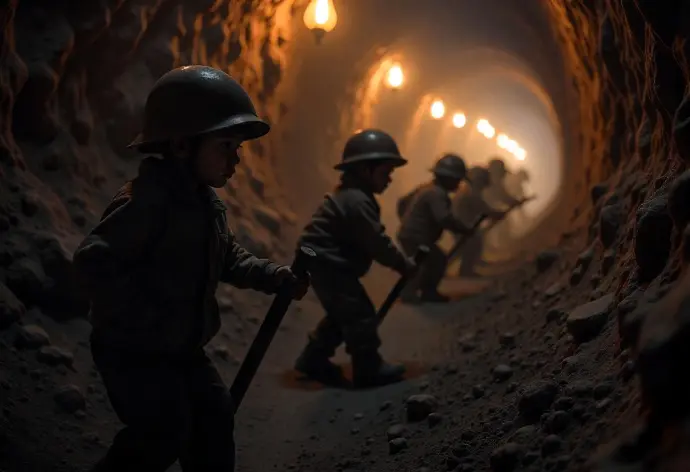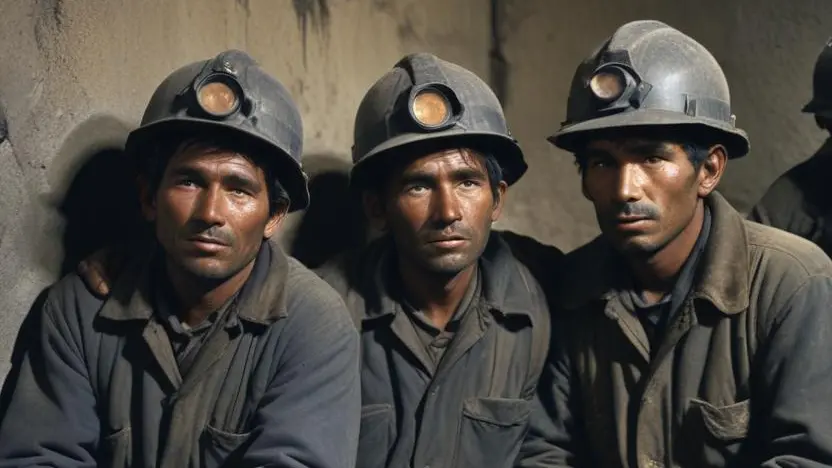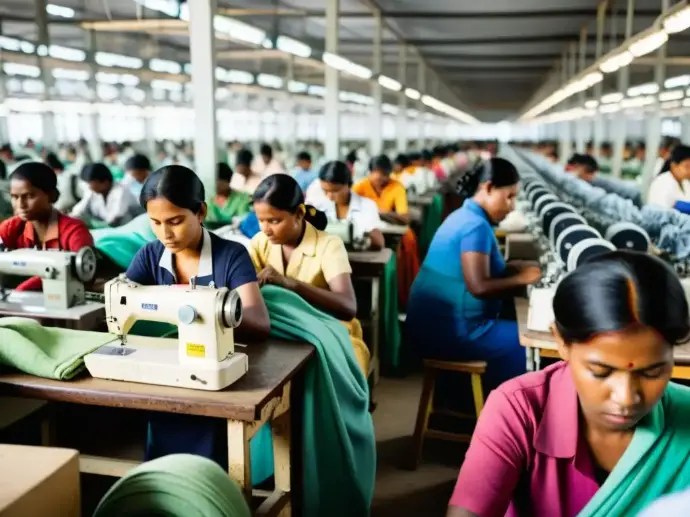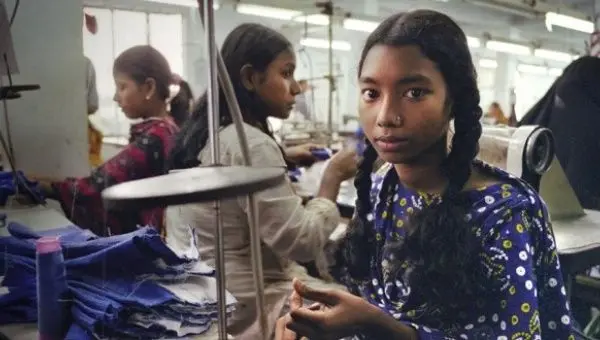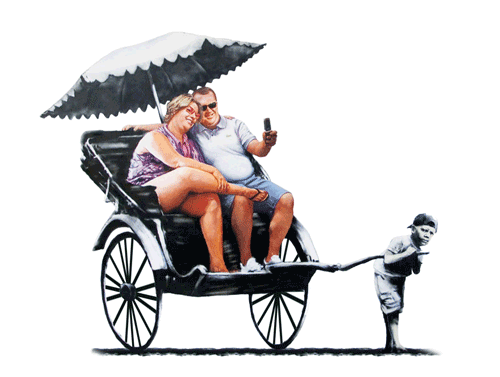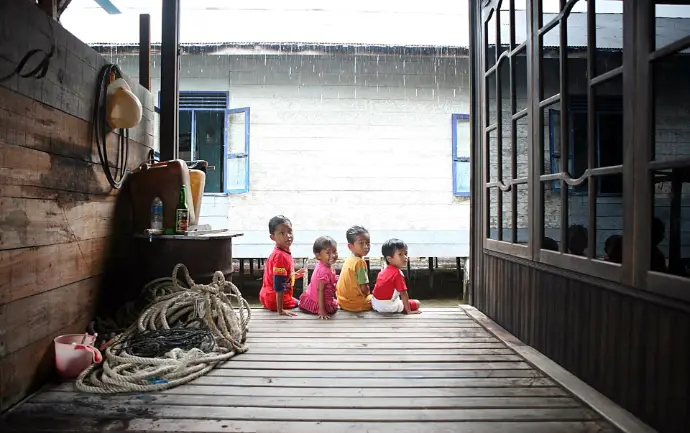SLAVERY
Slavery is the state of a slave (the person who is under the dominion of another subject and who, therefore, lacks freedom). The concept allows us to refer to a legal institution that defines the personal situation of slaves. It might seem that slavery is a thing of the past, where some people served others under degrading conditions that threatened individual freedom. Nothing is further from reality... In the 21st century there is so-called modern slavery, which, although it varies in form, continues to represent a violation of Human Rights for those who suffer it. Currently, nearly 50 million people live under this condition of "modern slaves" and continue to suffer the consequences of an imperfect, often unfair and cruel system.
EMERGENCE OF SLAVERY
Historians affirm that slavery arose with the use of the labor of those captives after a war. In more remote times, these people were shot, although later it was preferred to use them as slaves to obtain an economic benefit or a service. Slavery was accepted and defended in ancient times. In fact, philosophers like Aristotle considered it to be something natural. During the European conquest of America, slavery reached its peak and was vital to the success of the enterprise. The Europeans needed cheap labor to carry out their expansion plans. That is why they enslaved the native aboriginal people of America and brought slaves from Africa. This is how the slave trade emerged, where black people were bought and sold in markets as if they were objects.
ABOLITIONISM
Over time, a strong anti-slavery movement developed that emerged in the 18th century. Abolitionists drew on the ideas of the Enlightenment and asserted that all men should have equal rights. There was also an economic reason that helped to abolish slavery: the Industrial Revolution, which was based on paid work and not slavery. Important at a historical level is the one known as the Civil War that took place in the United States between 1861 and 1865. The North and the South of the country faced each other in this contest in which the first area mentioned advocated an abolitionist policy, while that the second staunchly defended slavery, since it supported its economy, which was basically agriculture. Fortunately, the North won and that allowed slavery to be abolished in the nation, which was the action that allowed the foundations to be laid for what would become the civil rights movement of the citizens of the United States. Today, slavery is formally prohibited in most countries, although regimes of labor exploitation still exist that resemble practices prior to the 18th century.
WHAT IS MODERN SLAVERY?
When we talk about modern slavery, we are referring to that condition by which, today, a person is forced to work in inhumane conditions without being able to refuse due to coercion, threats or abuse of power, among others. Through its exploitation, the person who is in a position of power profits or obtains any type of benefit at the expense of their work without taking into account the working conditions in which they are found. Among the main causes of modern slavery is poverty, which makes people who suffer from it more vulnerable, especially children. They can more easily fall (whether voluntarily or by force) into some of the forms of slavery that exist today.

 IHRO NEWS
IHRO NEWS